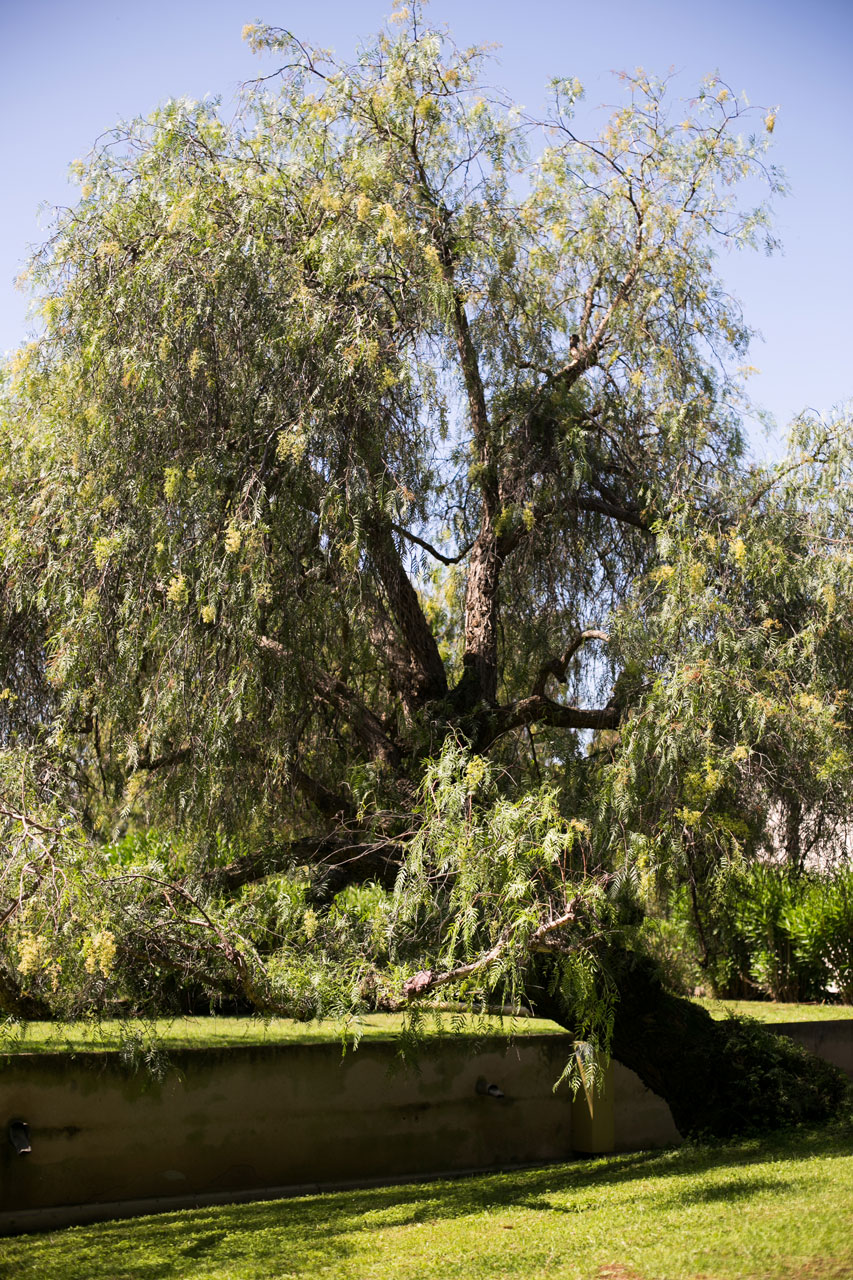
Peruvian pepper
Schinus molle
Its name “Schinus molle” comes from the Greek “schinos” which is the name for the lentisk (Pistacia lentiscus). Its specific name “molle” comes from the Latin “molis” which means flexible, soft.
- Common name: Peruvian pepper, American pepper
- Corsican name: Schina molle
- French name: Faux poivrier, Mollé d’Amérique, Arbre à poivre de Californie
Notes
Several parts of the plant contain irritants, which can cause allergies.
The berries cannot be used in their natural state. Consumed in large quantities they can be indigestible.
Species characteristics
Family: Anacardiaece
Origin: A species of tree coming from South America, with a drooping habit, divided leaves, clusters of small white-cream flowers, and its dried fruits, similar to peppercorns, are pink when ripe (“pink pepper” in the trade).
Habitat: Dry forests
Characteristics: Its delicately serrated dark green leaves are reminiscent of fern fronds.
Its flowers are in the form of a swab, gathered in large clusters, very productive of honey and attract birds, butterflies and bees. The fruits are dehiscent pods containing one or two flat winged seeds.
Flowering period: Spring
Uses and properties: In the Peruvian Andes, where it is called “molle” (pronounced “moye”), it is used as fuel and as a barrier in fields and pastures. Its bark and its resin have recognised medicinal virtues, known since ancient times, the resin was used to embalm the Inca kings.
A tree rich in essential oils. The edible drupes are used as a spice under the name of pink pepper.

History and oddities
When crushed, its leaves give off a strong smell of pepper.






